Moss Roses, scientifically known as “Portulaca grandiflora,” are charming and low-growing annuals that are prized for their vibrant, jewel-toned blossoms and succulent-like foliage. These resilient and versatile plants are often used as ground covers to create carpets of color in gardens, along walkways, and in containers. In this article, we’ll explore the captivating features, care, and ways to incorporate Moss Roses into your garden, adding a burst of color and vitality to your outdoor space.
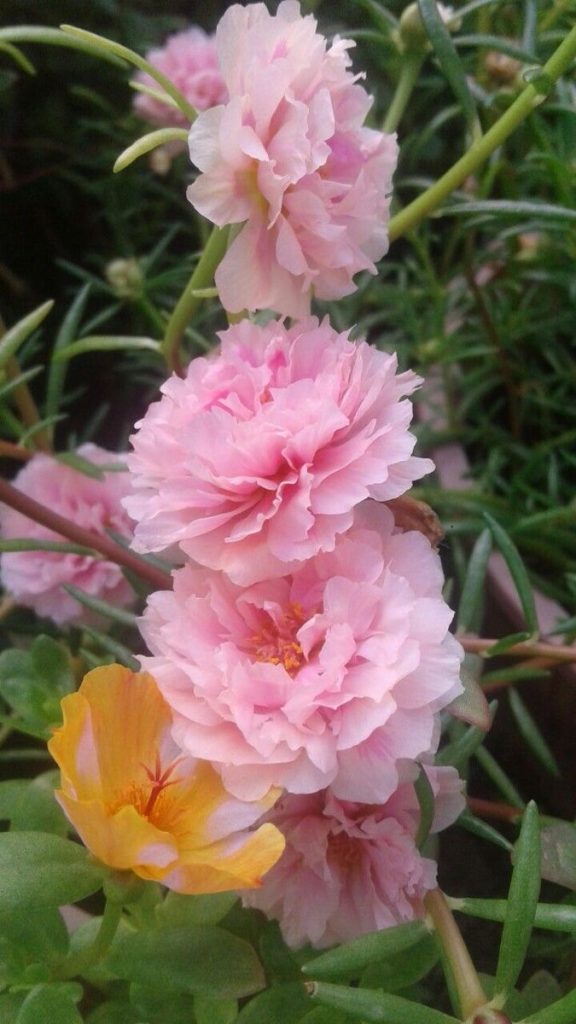
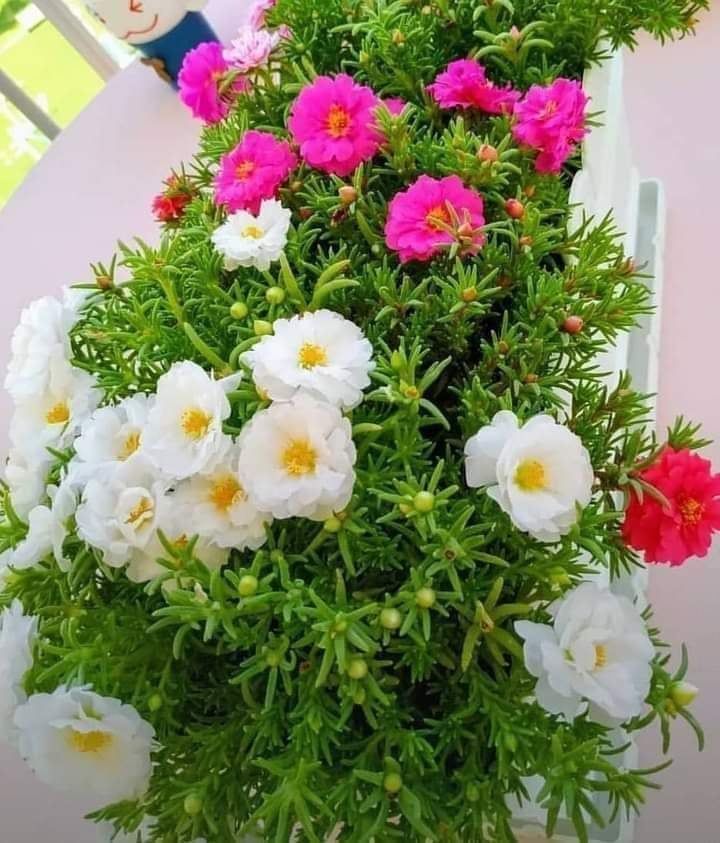
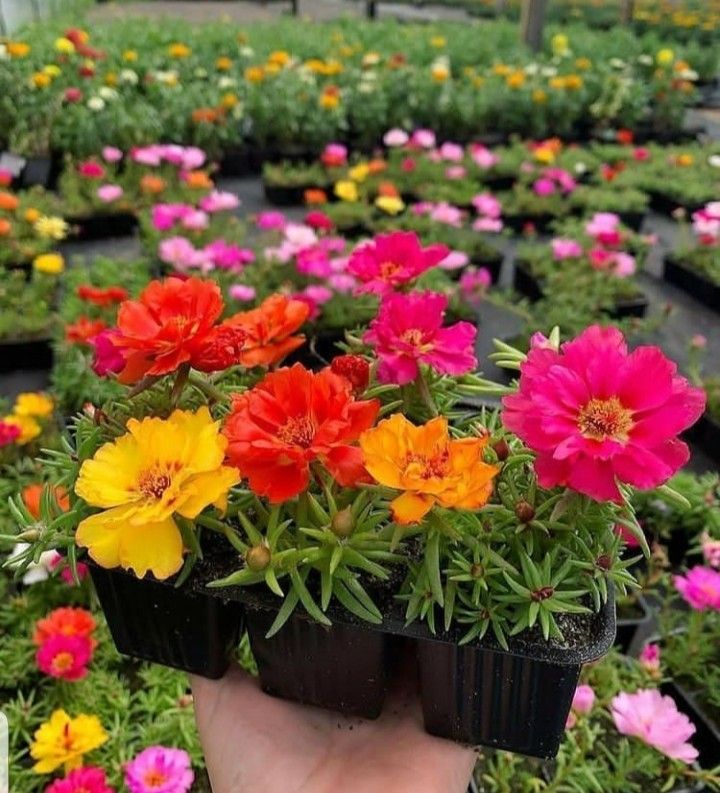
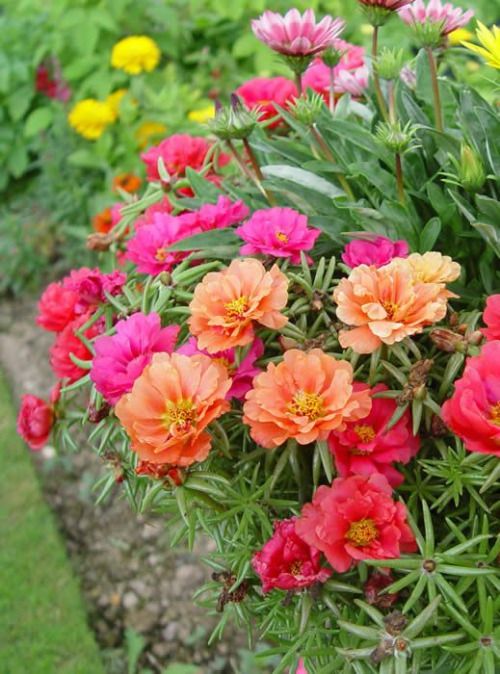
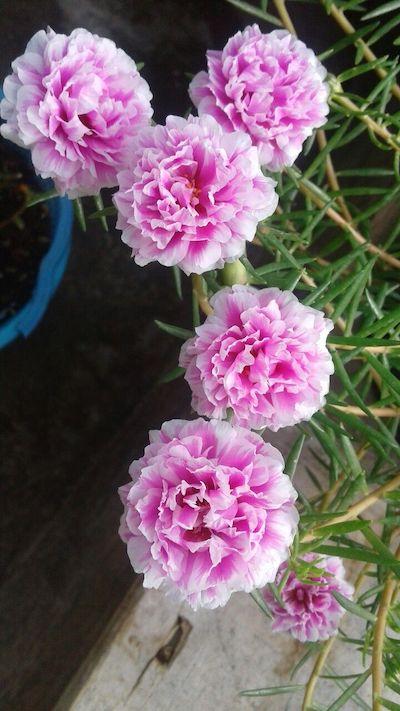
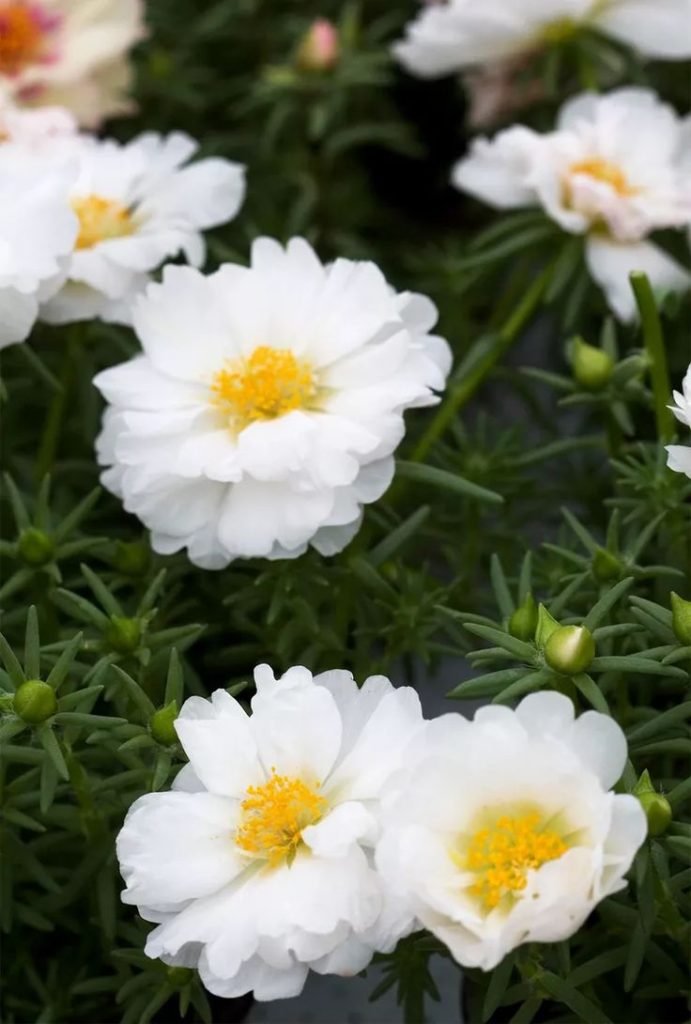
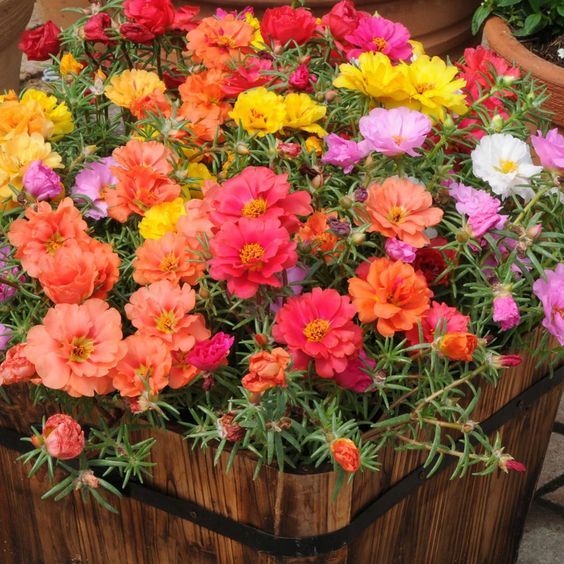
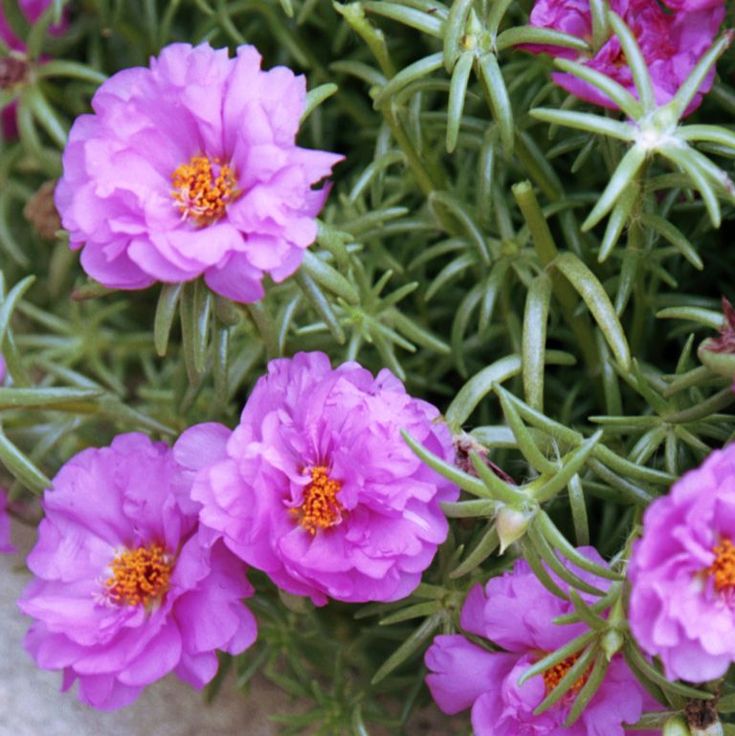
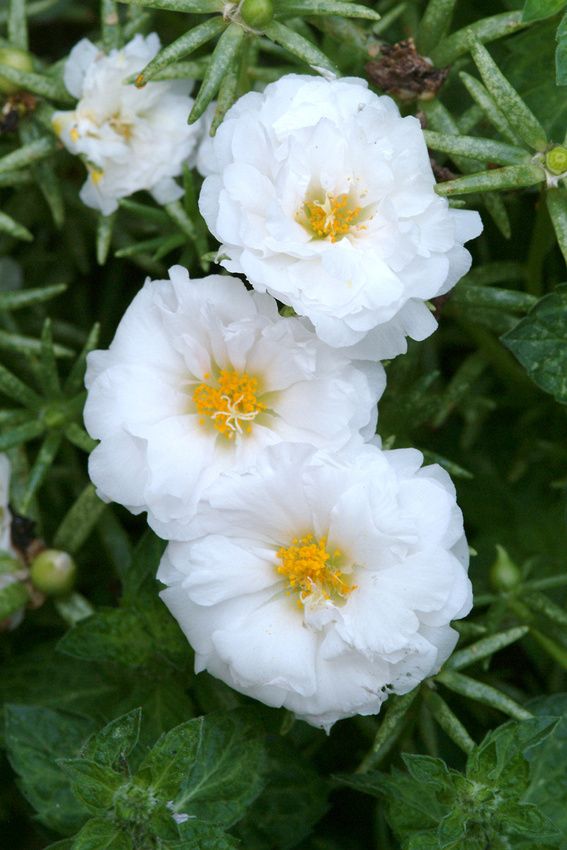
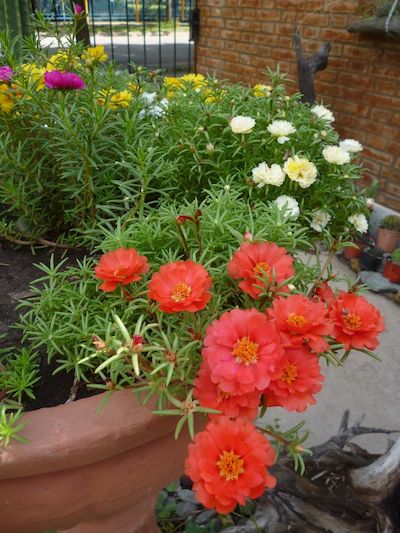
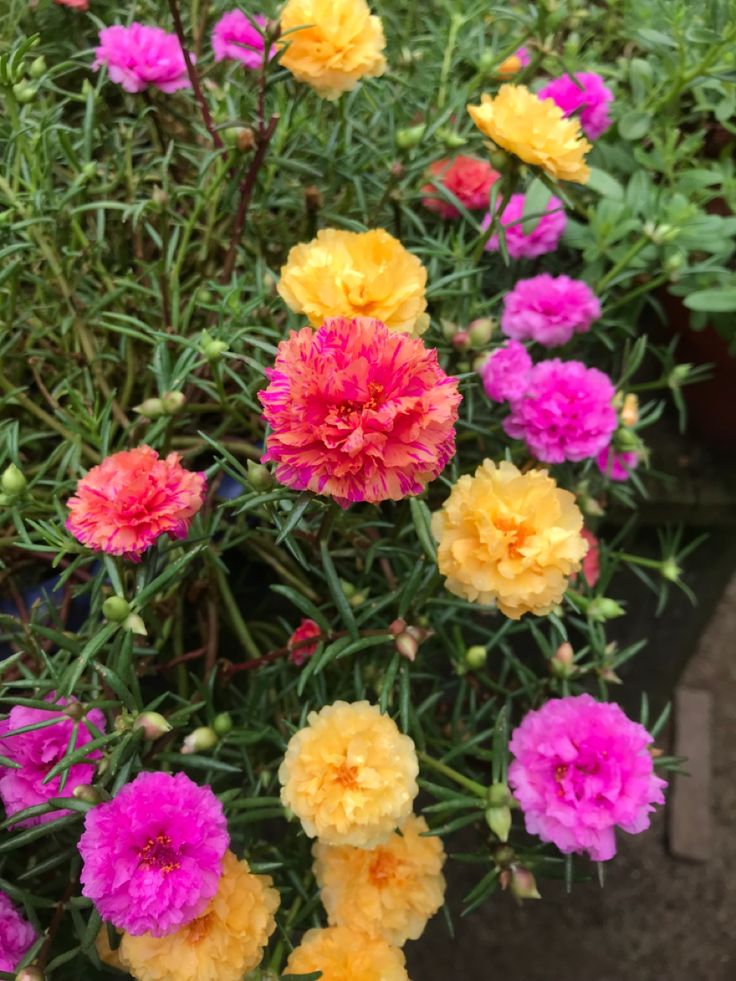
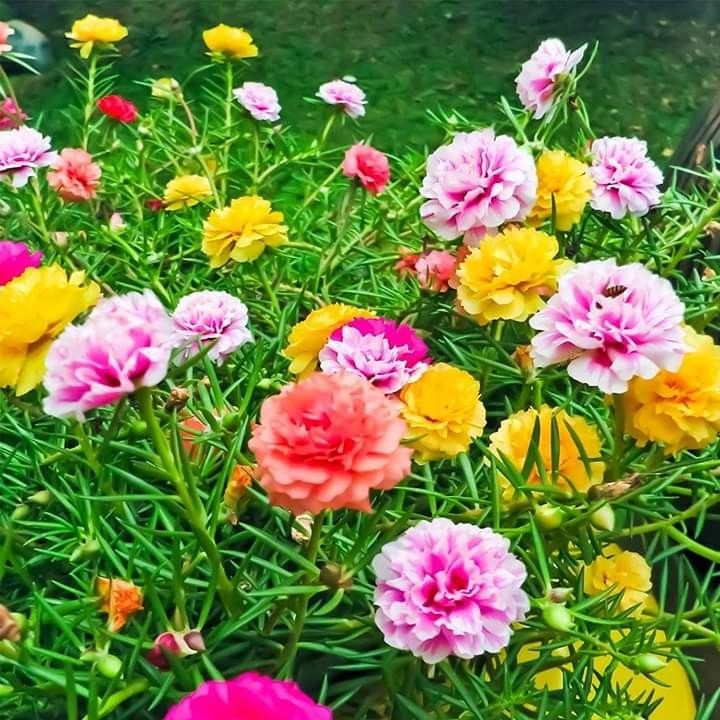
The Captivating Features of Moss Roses
Moss Roses are celebrated for their captivating features that make them a beloved addition to gardens:
- Vibrant Blossoms: Moss Roses produce an abundance of small, cup-shaped flowers in a wide range of striking colors, including shades of pink, red, orange, yellow, white, and even bicolor varieties. These flowers often open in the sun and close at night.
- Succulent-Like Foliage: The fleshy, succulent leaves of Moss Roses add an interesting textural contrast to gardens. Their slender stems and foliage create a carpeting effect as they spread.
- Heat and Drought Tolerance: Moss Roses are exceptionally heat and drought-tolerant, making them well-suited for hot and arid climates.
- Low Maintenance: These plants require minimal care, making them an excellent choice for busy gardeners or those seeking easy-to-grow ground cover options.
- Seasonal Interest: Moss Roses typically bloom from late spring through summer, providing continuous bursts of color in your garden.
Caring for Your Moss Roses
To ensure your Moss Roses thrive and continue to dazzle with their vibrant blooms, follow these care guidelines:
- Location: Plant Moss Roses in a sunny spot that receives full sunlight for at least 6 hours a day. They thrive in well-drained soil.
- Watering: Water Moss Roses sparingly but deeply. Allow the soil to dry out slightly between waterings. These plants are drought-tolerant and prefer to dry out between waterings.
- Fertilizing: Moss Roses are light feeders. Apply a balanced, slow-release fertilizer sparingly in the spring to promote healthy growth and flowering.
- Deadheading: Remove spent flowers to encourage continuous blooming and maintain a tidy appearance.
- Weed Control: Moss Roses can be susceptible to weed competition. Keep the area around them free of weeds to ensure they receive ample nutrients.
Incorporating Moss Roses into Your Garden
Here are creative ways to incorporate Moss Roses into your garden:
- Ground Cover: Use Moss Roses as ground cover to create a colorful carpet in garden beds, along pathways, or on slopes.
- Container Gardening: Plant Moss Roses in containers, hanging baskets, or window boxes to add a burst of color to patios, balconies, and small spaces.
- Rock Gardens: Moss Roses can thrive in rock gardens, adding vibrant color amid rocks and boulders.
- Mixed Borders: Pair Moss Roses with other low-growing perennials or annuals in mixed borders for a dynamic and colorful garden display.
- Xeriscaping: Incorporate Moss Roses into xeriscape gardens, as their drought tolerance makes them a perfect choice for water-wise landscapes.
Moss Roses are a delightful and low-maintenance addition to any garden, offering not only vibrant color but also a lush and ground-hugging appearance. Whether you’re looking to create a colorful carpet of blooms or simply infuse your outdoor space with the charm of succulent-like foliage, Moss Roses are an excellent choice.
Plant Moss Roses in your garden, and let their captivating presence remind you of the simple beauty and resilience of nature.